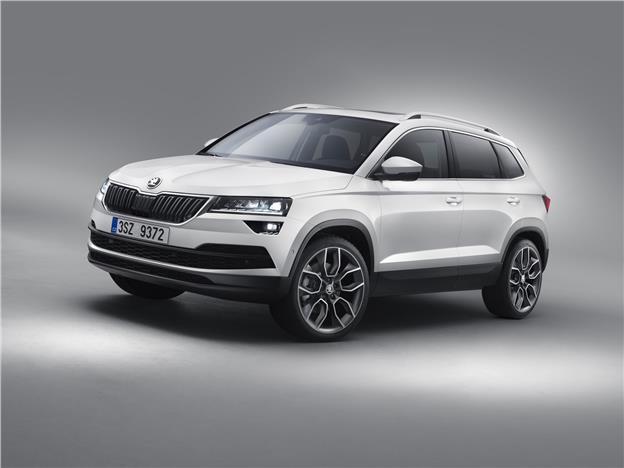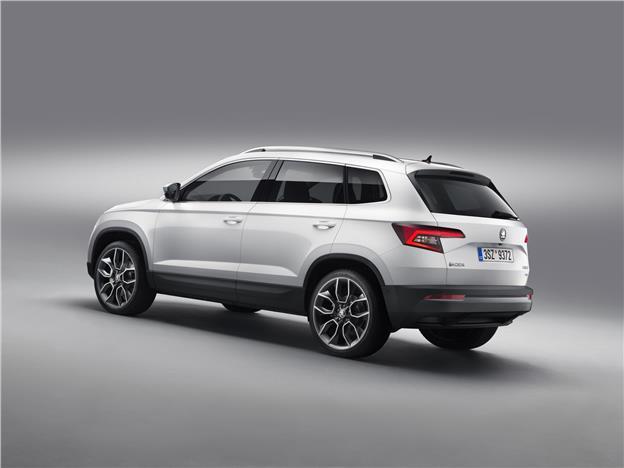News
Skoda Karoq makes its global debut
The Skoda Karoq has been globally unveiled in an event at the Artipelag museum near Stockholm, Sweden. This compact SUV replaces the Yeti in Skoda's global portfolio.
The Karoq is based on Volkswagen Group's modular MQB platform and shares its underpinnings with the VW Tiguan and the Seat Ateca. The car's design cues are inspired by the company's new flagship SUV - the Kodiaq. This gives the Karoq a conventional SUV-like appearance, which is a departure from the raised hatch-like proportions of its predecessor.
The Karoq is 4,382 mm long, 1,841 mm wide and 1,605 mm high. It has a wheelbase of 2,638 mm for the 2WD variants and 2,630 for the AWD models. The five-seater SUV offers a boot space of 521 litres, which can be expanded to 1,630 litres by flipping the rear seats forward. Additionally, the rear seat consists of three independent seats. All three rear seats can also be removed altogether from the car, taking the boot capacity to 1,810 litres.
Internationally, the Skoda Karoq will come with a total of five engine options - two petrol and three diesel units. The displacements of the engines range from 1.0-litre to 2.0-litre, while the power outputs are in the range of 113 BHP to 188 BHP. All engines are turbocharged and come with start-stop technology as well as brake energy recovery. The top-end 2.0 TDI diesel comes only with a 7-speed DSG automatic gearbox, while all other variants can also be bought with a 6-speed manual.
The Karoq will come with various driver assistance technologies like park assist, lane assist, traffic jam assist, front assist with predictive pedestrian protection, emergency assist and blind spot detection. Additionally, the Karoq will feature Skoda's first fully digital and programmable instrument cluster that can be customized as per driver requirements.
Skoda is expected to start international deliveries of the Karoq in the second half of this year.
- Tags:
- Indian
- Skoda
- Other
- Karoq
- International













_2.jpg)

.jpg)






